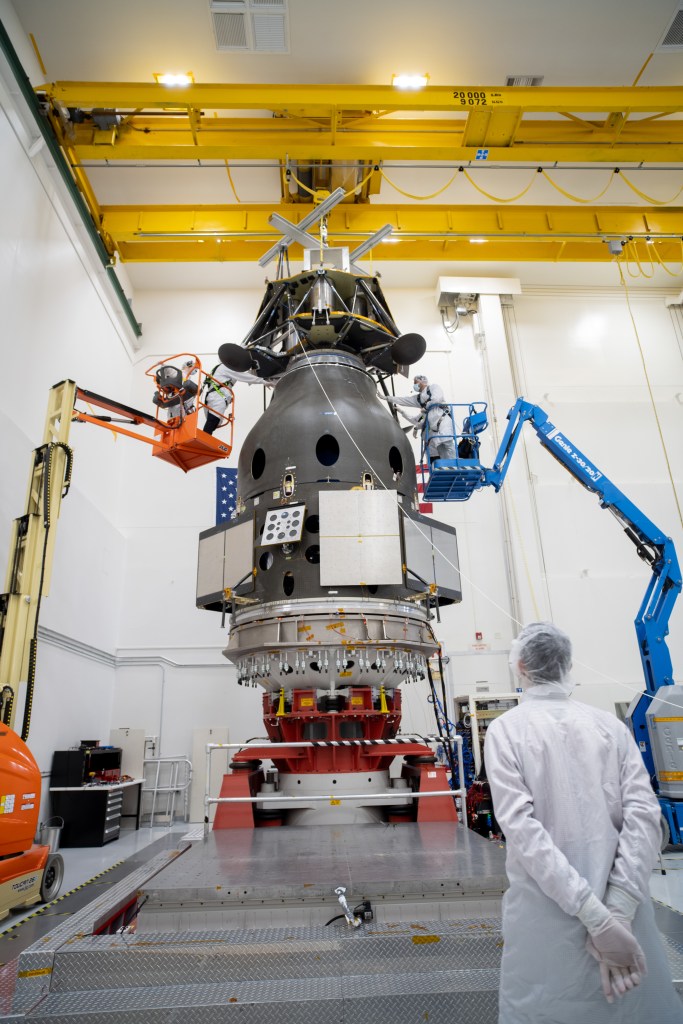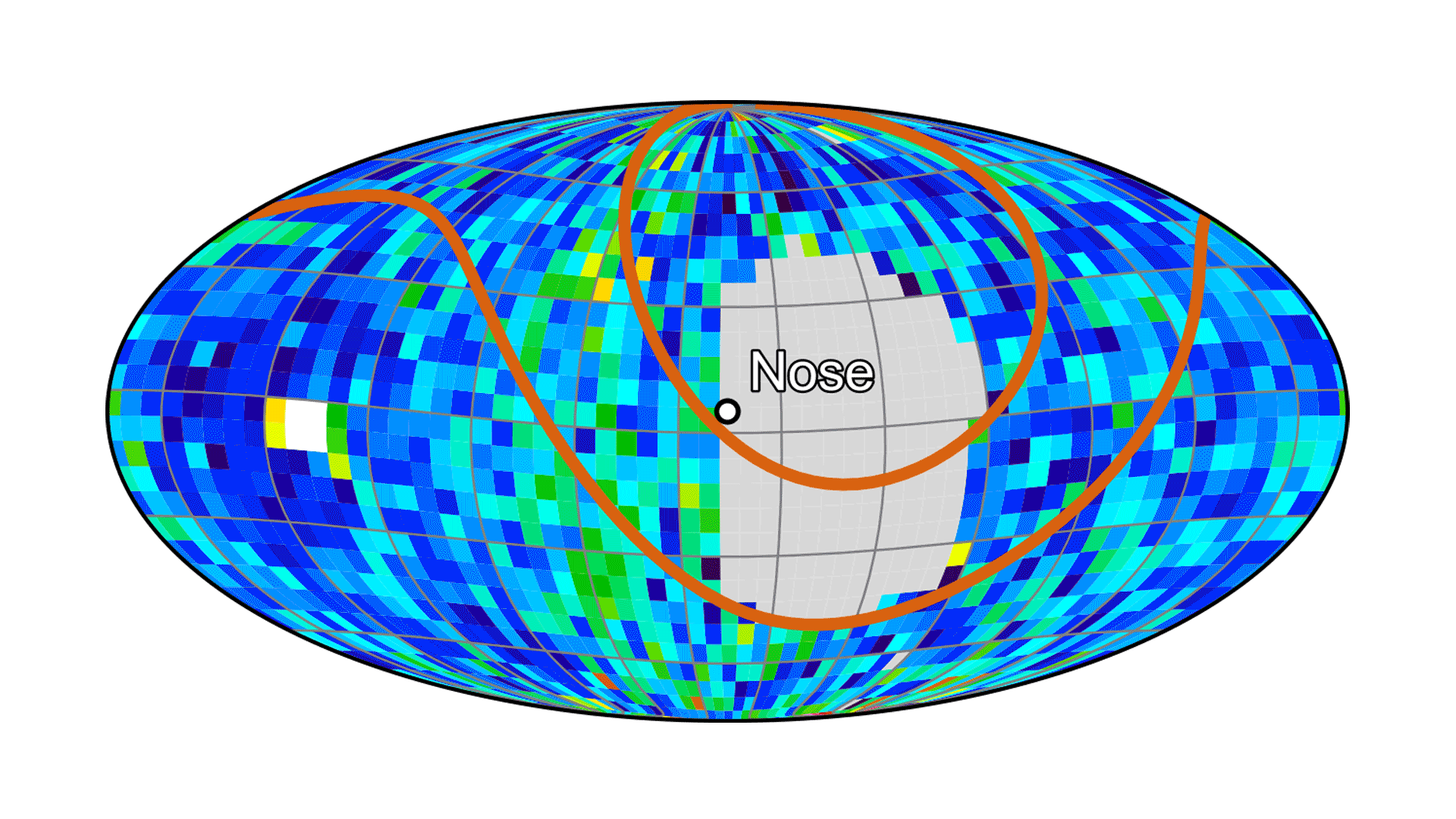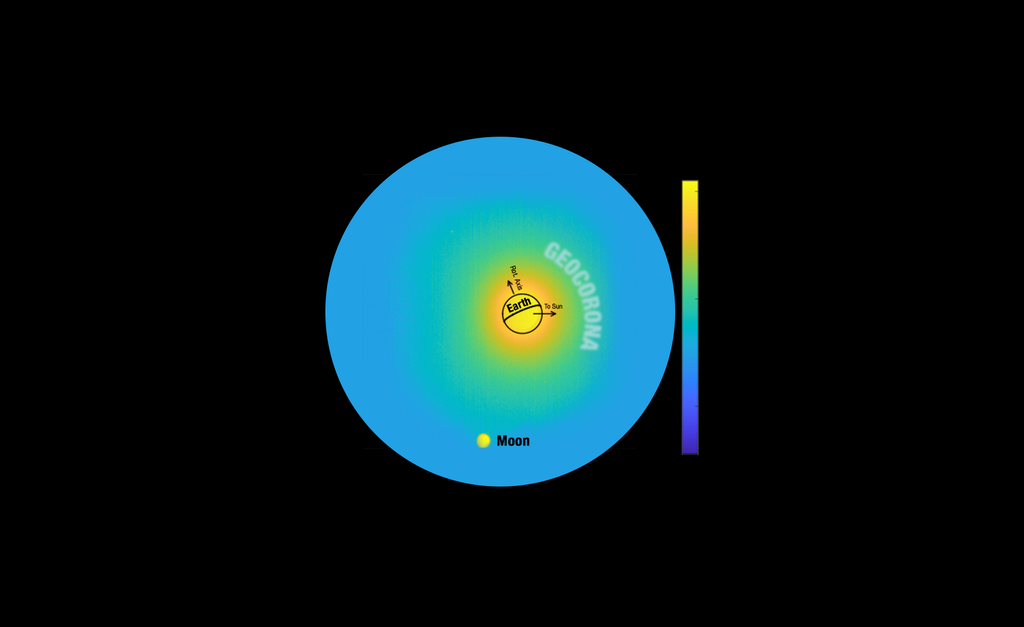Space Cardiac Research as Station Orbits Higher For Next Crew

Cardiac research was a big part of the Expedition 62 crew’s schedule on Thursday. Meanwhile, the International Space Station is orbiting higher to get ready for April’s crew swap.
Two experiments taking place aboard the orbiting lab today are looking at cardiac function and the replenishment of heart cells in space. The NASA heart studies could lead to a better understanding of cardiac diseases and improved drug therapies on Earth. Astronauts living in space for months or years at a time could see strategies to maintain healthy cardiac function on long-term missions to the Moon, Mars and beyond.
NASA astronaut Jessica Meir nourished and preserved heart tissue samples for an experiment watching how heart cells adapt to microgravity. Flight Engineer Andrew Morgan got to work replacing hardware for an investigation producing heart cells that may treat cardiac abnormalities.
Veteran cosmonaut and station Commander Oleg Skripochka updated inventory after cargo activities inside the Progress 74 resupply ship. He also monitored radiation readings in the orbital lab and checked a variety of Russian video and computer gear.
The space station raised its orbit to the correct altitude this afternoon to receive three new Expedition 63 crewmembers aboard the Soyuz MS-16 crew ship next month. NASA astronaut Chris Cassidy and Roscosmos cosmonauts Anatoly Ivanishin and Ivan Vagner will launch and dock to the Poisk module on April 9 beginning a 195-day station mission.
Eight days later, the Expedition 62 crew will return to Earth and parachute to a landing in Kazakhstan inside the Soyuz MS-15 crew ship. Skripochka and Meir will have logged 205 days in space while Morgan is returning after 272 days on orbit.
























